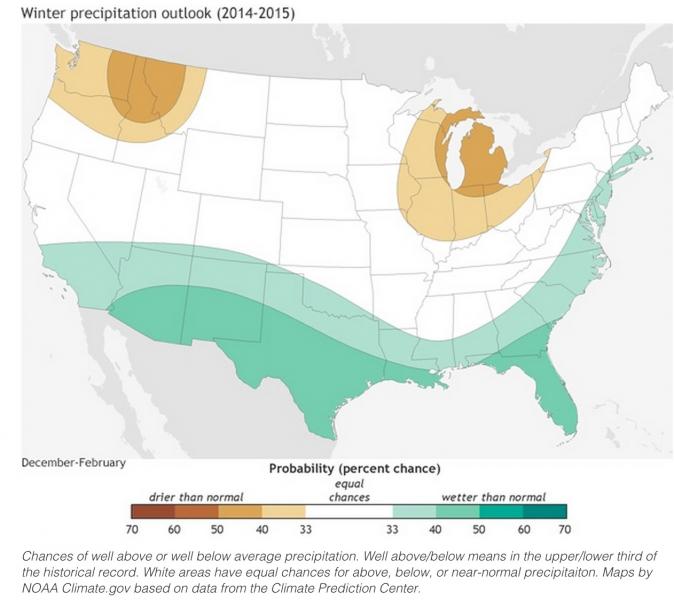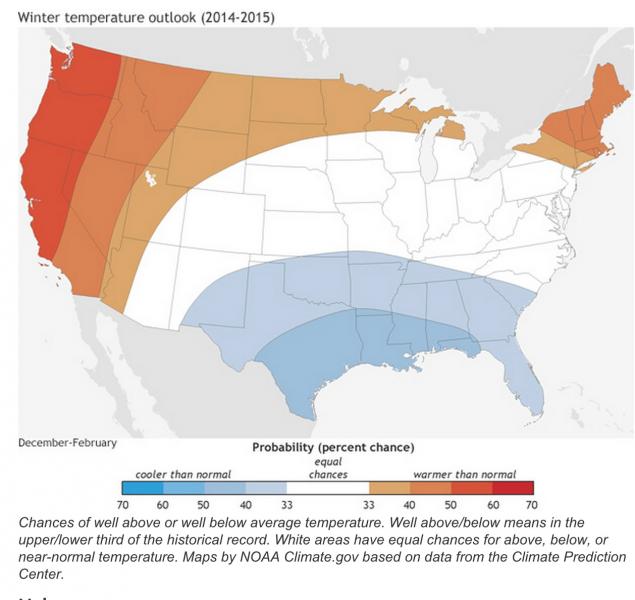
It's that time of year again when all types of charlatans issue their winter forecasts, which you often see sprayed across the Internet and on tabloid headlines in the grocery store checkout line. It's also the time of year when most every social interaction I have begins with "What kind of winter are we supposed to have this year?." To whichI always answer "If I could do that, I could be fabulously wealthy."
It breaks my heart to see their confused looks, so I feel compelledto further explain that weather is the epitome of a chaotic system, and as such, it's nearlyimpossible to forecast farther than about 10 days. Most people have heard about the "butterfly effect", in which a hypothetical butterfly flaps its wings in Mongolia and causes a major storm to impact the U.S. 10 days later. Chaotic systems are not random, but instead, they areso complex that small changes in the initial conditions have huge consequences as they pinball through time. Just like life.
"But what about the Farmer's Almanac?" they ask. And I have to break it to them that despite their claims of "80 percent accuracy" all scientificstatical studies of their predictions show no correlation--no better than flipping a coin. It's the political season, after all, and you would think we would all be used to the concept of doing a quick Google search to check the claims of those who stand to benefitfrom them.
Having said this, one exceptionis aforecast using ocean surface temperature patterns such as El Nino and La Nina. Theseshow some skill in predicting very general, longer termpatterns. Here are the recently-issuedmaps from the NOAA's Climate.gov website:

During a typical El Nino year, like this year, generally, the very southern U.S. is wetter than normal while the Pacific Northwest and Northern Rocky Mountains are usually drier than normal. But as you can see, this doesn'thelp us in Utah because we are always smackin between both the El Nino and the La Nina patterns. In other words, we have equal chances of having well above or below normal precipitation this winter. But what about temperature?

We have a 33-40 percentchance of well abovenormal temperature this winter, which also does not help us much because with global warming, nearly every winter is warmer than normal these days.
So there you go. In my experience, the most accurate forecasts always come from the National Weather Service because they have large teams of very talented scientists working hard to bring you the best information. Accept no substitutes. And if you do, be sure to only trust forecasts that show significant, statisticalcorrelation based on studies by reputable scientists.
The bottom line for Utah: pay close attention to the usual National Weather Service forecast for your area and be very suspicious of forecastsfarther away than 10 days. Final bonus tip: One secret of happiness is to be grateful forwhat comes to you instead of cursing what doesn't.






